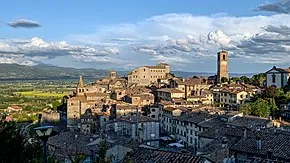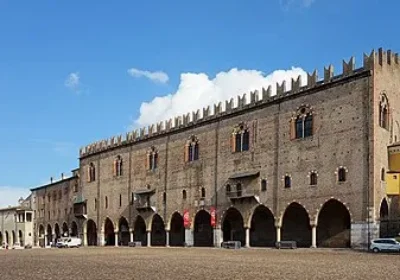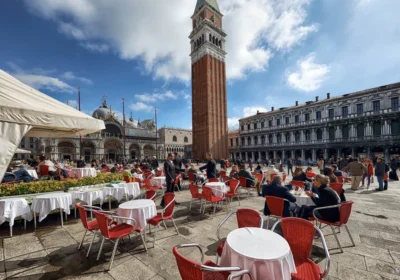Angiari is a tiny commune in the province of Arezzo, a charming medieval town that dominates the Tiber valley.
Here, in 1440, a decisive battle between Florentine and Milanese forces took place, ending in Florence’s victory, thus consolidating the power of the Medici family.
“The Battle of Angiari” was the subject of a famous fresco by Leonardo da Vinci, executed in the Cinquecento salon in Florence, but unfortunately lost. The surviving cartons for this fresco, made by the genius da Vinci, have long been a subject of study and inspiration for artists of subsequent generations.
You will start your exploration of this city from the panoramic platform, which offers a beautiful view of the entire valley.
Descending steep steps and wandering through narrow medieval streets, you’ll find yourself in the historic centre of the town.
See the church of the former abbey, founded between 1104 and 105 by the monks of the Camalduli order. It was this church that gave rise to the whole town. It houses an important sculpture, the Madonna and Child, created by the famous sculptor Tino da Camaíno.
As you continue your walk, you will see the Pretorian Palace with frescoes and numerous coats of arms made of fired clay and stone, belonging to the head of the city and the vicars of Angiari.
Visit the Church of St Augustine, whose origins can be traced back to Thomas Becket’s visit to the city in the 12th century.
In the church of Santa Maria delle Grazie, there are important works of the 16th-century Florentine school: two paintings by Giovanni Antonio Sogliani: “The Last Supper” and “The Washing of the Feet”, and “The Deposition from the Cross” by Domenico di Bartolommeo Ubaldini, better known as Domenico Puligo.
Walking through the narrow, medieval streets, you’ll get the feeling that time stopped here centuries ago.
In Piazza Garibaldi you can have a delicious coffee with homemade biscuits. Then admire the elegant neoclassical theatre building. The town of 6,000 inhabitants has its own theatre.
Nearby, at the foot of the hill where the medieval settlement is located is the oldest church in the province, dedicated to St. Stephano and dating from the 7th to the 8th centuries AD. The church still retains architectural features of Byzantine-Ravenna style influence.
And you will also visit the world-famous Buzatti factory, built in the middle of the IXX century. This weaving workshop produces linen and cotton furnishing fabrics using the highest quality raw materials. Every self-respecting family in Europe has products from this workshop.

















